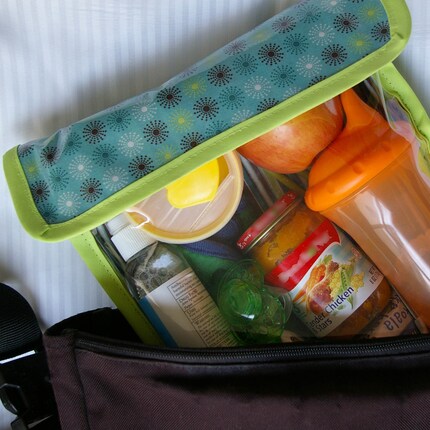 Did you know refrigerators are the largest consumers of energy in your home? At first when I heard this fact, I was surprised, but then I thought about it. They have to keep their temperature freezing cold all day and all night long, no matter what the surrounding temperature is. Not only that, but many times a day people open the doors and stare at the innards, wondering what to eat (I know I'm guilty of this.) Lastly, hot food is sometimes placed into the fridge, which consumes even more energy in order to cool down the food.
Did you know refrigerators are the largest consumers of energy in your home? At first when I heard this fact, I was surprised, but then I thought about it. They have to keep their temperature freezing cold all day and all night long, no matter what the surrounding temperature is. Not only that, but many times a day people open the doors and stare at the innards, wondering what to eat (I know I'm guilty of this.) Lastly, hot food is sometimes placed into the fridge, which consumes even more energy in order to cool down the food.Here are some tips I have found all over the web, including from Helium, Associated Content, and Consumer Energy.
1. Don't put hot food directly into the fridge. This not only uses up more energy, but also is an unsafe practice for foods such as chicken and fish.
2. Keep your fridge full! This helps it keep a cool temperature. You can place ice packs or water-filled containers inside too. But don't completely stuff it, because this may interfere with air flow.
3. Switch off features such as ice makers when not in use. These add-ons can increase your energy usage by 20%.
4. Check door seals to make sure they shut tightly. You can easily test this by sliding in a dollar bill between the door and shutting it. If the dollar slides out smoothly, the seal is not closing tight enough.
5. Think about what you want to grab out and on what shelf it is located before opening the fridge door, instead of standing mindlessly at the open fridge. Hopefully this will make the process faster.
6. Label leftovers if you keep them in Tupperware so you can easily grab and shut.
7. Keep the coils clean. This practice can improve efficiency by up to 30%.
8. The fridge should be between 36 to 38 degrees Fahrenheit. Any colder and you are probably just wasting energy. The freezer should be around 3 degrees.
9. Brush off dust around the condenser under the fridge to encourage air flow.
10. Consider removing the refrigerator lights if there is already plenty of light in the room.
I know this is an area that I can definitely improve on, and I hope you all will find some of these tips helpful as well! This image is from Corbis.













